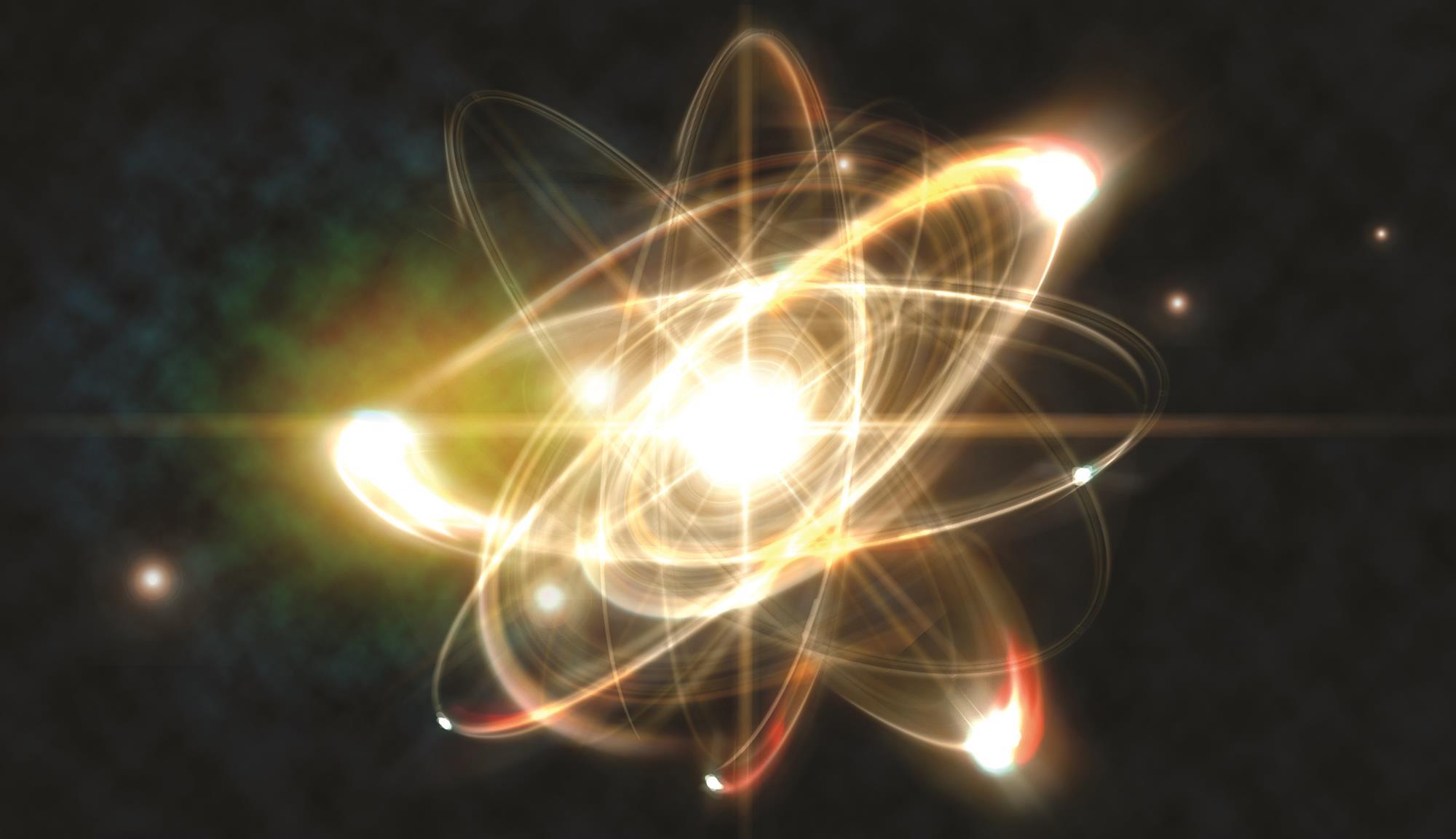
This showed that the radiation was neutral. Chadwick bombarded the element beryllium with alpha particles and observed that the radiation was highly penetrating and it remained unaffected in an electric or magnetic field.
:max_bytes(150000):strip_icc()/Atom-58e4f7173df78c51626061cc.jpg)
In 1932, James Chadwick discovered the neutron with his experiment. He called this particle a neutron that had no charge. William Draper Harkins, in 1920, suggested that there may be some other particles similar to protons present in the nucleus. One could calculate the charge of the nucleus by scattering experiments, but could not find the mass of the nucleus as the protons were only half the nucleus mass. There were a lot of problems related to the calculation of the mass of the nucleus, although Rutherford’s model could explain the scattering of alpha problem. The Bohr model of an atom was able to explain the stability of the atom and also could explain the phenomenon of atomic spectra and ionization of gases.

The number of electrons were equal to the number of protons and therefore, an atom is electrically neutral. Electrons revolve around the nucleus at a high-speed. This nucleus carries the entire mass of the atom. This conclusion helped him propose ‘Rutherford’s Atomic Model’.Īccording to his atom diagram, the atom has a small, positively charged nucleus in center. The nucleus is very small compared to the size of atom and the entire mass of an atom is centered in the nucleus. Thus, Rutherford could prove that the nucleus is positively charged, dense, and hard. Only few alpha particles rebounded after hitting the gold foil and this proved that the nucleus is very dense and hard. This center repelled the positively charged alpha particles and deflected them from their original path.

This proved that there was a ‘center of positive charge’ in an atom. Next, he observed that some alpha particles were deflected through small and large angles. Protons are positively charged, electrons are negatively charged, while the neutrons carry no charge. The atomic model in the diagram below shows protons and neutrons concentrated at the atomic nucleus and electrons in the orbits surrounding it. This means the positive charge of protons and the negative charge of electrons cancel each other resulting in an electrically neutral atom. When one says an atom is electrically neutral, it means that the number of electrons equal the number of positive charges on the nucleus. The center of an atom is the nucleus and one or more electrons surrounding the nucleus. Most of an atom is just empty space and consists of a positively charged nucleus of protons and neutrons surrounded by a cloud of negatively charged electrons. In this article, we familiarize you with the basic structure of an atom. However, today we all know that atoms exit. Then, unfortunately for the next 2000 years, this concept was lost and people only believed in four elements, earth, fire, air, and water.

Atoms being the basic unit of matter was conceptualized way back in 500 BC when it was suggested by Greek philosopher Leucippus and his pupil Democritus. An atom is the smallest building block of all matter made up of neutrons, protons, and electrons.


 0 kommentar(er)
0 kommentar(er)
